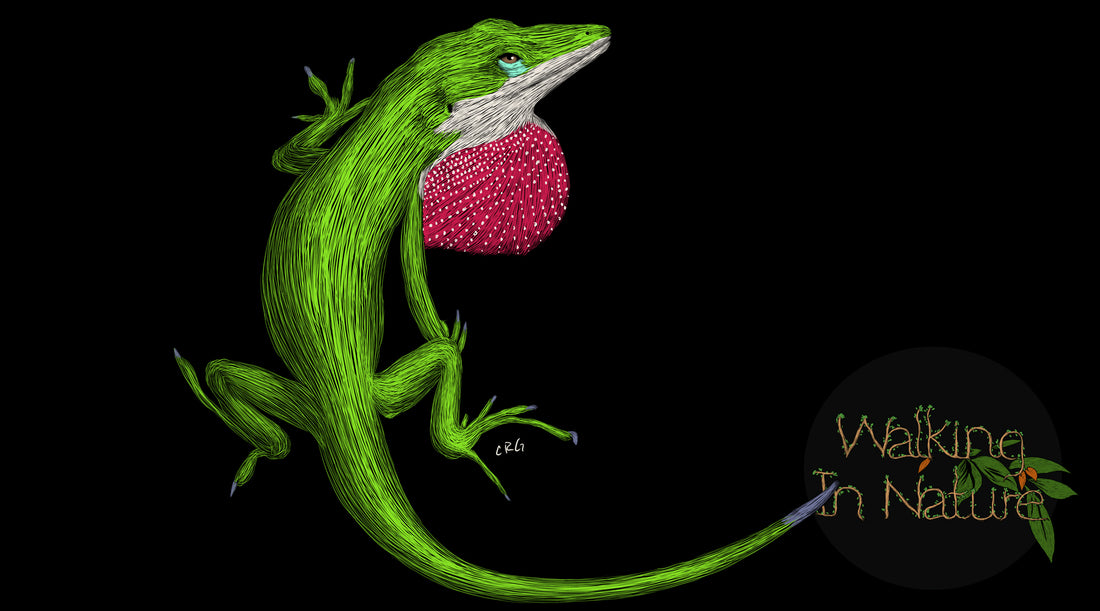## Understanding Art Techniques
Diving into the world of 'art techniques' is like journeying into a universe full of creative possibilities. They are the keystones that guide the creation of visionary masterpieces. Explored by artists of all fields, these techniques lend distinctiveness to each work. Whether the artist decides to employ smooth or textured strokes, dark or light shades, or pictorial or abstract forms, it boils down to their preferred art technique. From wildlife artists to abstract painters, everyone has their unique art technique, like a signature style that imparts individuality to their creations. This exploration is bound to leave you artistically enriched.
## Exploring Various Art Techniques
Art techniques, they're more than just a term, they are the heart and soul of any artist's work!
From the bold strokes of painting to the delicate touch of sketching, art techniques are the bread and butter of any masterful artistic creation.
It's a colorful world out there for artists, and they have plenty of techniques to choose from.
For instance, watercolor is a popular technique loved for the dreamy atmosphere it can create.
On the other hand, oil painting is renowned for its rich and vibrant colors and texture.
Then we have charcoal drawing, a technique preferred for its capacity to portray depth and shadow in monochrome.
Digital art, a relatively new player in the field, has revolutionized how we make art, introducing techniques unheard of in traditional mediums.
Screen printing, it’s a tried-and-true technique that's absolutely essential when it comes to printing designs on fabrics, like those cool tees sold by your favorite wildlife artist.
And let's not forget about the ever-popular technique of acrylic painting, beloved by artists for its quick drying time and its ability to mimic both watercolors and oil paintings.
In fact, there's an almost endless amount of art techniques out there, each with its unique charm and potential.
It's clear that understanding and mastering different art techniques is one of the keys to unlocking an artist's full potential.
Now, wouldn't you love to dive deeper into the world of art techniques?
## Why Learning Art Techniques is crucial for a Wildlife Artist?
Undeniably, art techniques form the foundation upon which all great artistry is built.
Especially for a wildlife artist, mastering these art techniques can make a significant difference in their art creation process.
The beauty, realism, and awe that nature and wildlife inspire make it a challenging yet rewarding theme for many artists around the globe.
One appreciable technique that wildlife artists commonly use is observational drawing.
This technique demands patience and an exceptional eye for detail, traits necessary to capture the essence and majestic aura of wildlife.
Observational drawing enhances our understanding of the creature’s anatomy, movement, and unique traits, thereby fostering a more authentic representation of the subject matter.
Another powerful art technique is the use of texture.
Wildlife and nature are brimming with a variety of textures, from the smooth scales of a snake to the rugged beauty of a deer’s antlers.
Incorporating these textures into a piece of art can create a sense of depth and realism, which can greatly magnify the art’s captivating effect.
Color harmony is another paramount art technique that plays a vital role in wildlife art.
It entails using colors thoughtfully to create a balanced and aesthetically pleasing composition.
Wildlife artists often utilize color harmony to portray the complex interplay of light and shadow in the natural world, transferring the magnificent hues of wildlife onto canvas.
Lastly, composition, the arrangement of visual elements, is another key art technique for wildlife artists.
It impacts how a viewer’s eyes move across the artwork and plays a considerable role in storytelling.
Good composition techniques can enhance the drama and emotion in a wildlife art piece, grabbing the viewer's interest and maintaining their attention for longer.
These aforementioned art techniques, among others, are integral to creating art pieces that can splendidly resonate with the intricacies and grandeur of wildlife.
In essence, having a firm grasp of art techniques can enable a wildlife artist to create artwork not just as pleasant visuals but as powerful narratives of nature’s bounty and beauty.
## The Role of Art Techniques in Producing Art Prints and T-Shirts
Art techniques are not just beneficial in creating original artwork, they play a key role in the reproduction of these pieces onto mediums like prints and t-shirts.
Understanding how various 'art techniques' can influence the final product is essential in the wildlife art industry.
When transferring onto other surfaces, the right technique can enhance image clarity, color vibrancy, and overall aesthetic appeal.
Art techniques such as stenciling or silkscreen printing are often employed in the production of artistic t-shirts.
They allow the transfer of intricate designs onto fabric while preserving the integrity and quality of the original artwork.
Art prints, on the other hand, can involve techniques like giclée printing, lithography, or offset printing.
The choice of which to use depends on the type of art and the desired finish.
Understanding these 'art techniques' and their application can greatly affect the success of a wildlife artist in marketing their art.
For instance, certain techniques can enhance the realistic textures of fur, feathers, or scales on prints or shirts, providing a more authentic representation of the original artwork.
This can lead to increased customer satisfaction and repeat business.
Also, mastering various art techniques could offer expanded creative potential.
Imagine transforming a simple t-shirt into a wearable masterpiece, or creating limited edition prints that captivate with near-original quality.
This not only diversifies product offerings but can also increase value and demand from art lovers.
Art techniques can truly be the difference between ordinary and extraordinary in the world of wildlife art reproductions.
So, for any aspiring wildlife artist, mastering these techniques should be an integral part of their journey.
## Conclusion
Finally, embracing the plethora of 'art techniques' to choose from, you're not just an artist — you're a storyteller. Each brushstroke is like penning a chapter of a book, each color a word, each texture a sentiment. The ability to manipulate these elements effectively is what separates the hobbyist from the pro.
Art techniques bring your wildlife pieces to life, capturing the textures of fur, the subtleties in the reflections of a jungle stream, or the translucency of butterfly wings with a realism that compels collectors and apparel enthusiasts to choose your work.
Remember, your art isn't just visual. It's tactile, emotional, and thought-provoking. The exact techniques you choose — be it oil painting, acrylic pouring, watercolor washes, or digital printing — will define your artistic voice and shape your journey as a wildlife artist.
So, don't hold back. Learn, experiment, create, and let every piece you craft tell a captivating tale of nature's wonder. Looking forward to exploring more art techniques? Check out my website for a deeper insight into the magic of artistic creativity.
##Section6
By now, you've understood the prominence of art techniques, their role in our lives, and how they directly impact the quality of art prints and t-shirts. But, continue learning doesn't stop here. You are looking to adorn your wall with a magnificent wildlife art print, or considering a colorful, creative t-shirt that expresses your extraordinary taste? In both cases, ensuring the art techniques employed are top-notch is critical. Don't hesitate any further! Check out my website today. I can assist you in choosing the perfect art piece for you, that aligns with your aesthetic taste and personality, resulting in a purchase you'll treasure forever. Wait no more. Your art awaits you.

